Committee outlines uses of Phillipston’s CPA funds
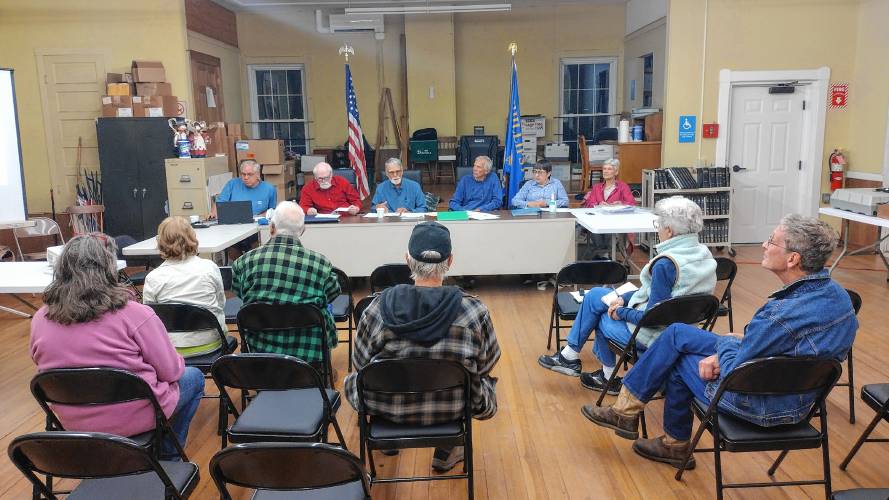
Phillipston residents attended a public information meeting held Thursday, Oct. 12, by the Community Preservation Committee to discuss possible uses for the town’s CPA funds. PHOTO BY GREG VINE
| Published: 10-13-2023 5:37 PM |
PHILLIPSTON – The Community Preservation Committee has taken the first steps in determining how best to spend the nearly $1.5 million which the town has in Community Preservation Act funds.
To that end, the committee held an informational meeting on Thursday, Oct. 12, to explain the goals of the Community Preservation Act – which the town adopted in 2007 – along with an overview of the types of projects eligible for funding, and an explanation of the application process.
Committee member Linda Langevin explained that the committee, which lay dormant for several years, has reorganized and is intent on fulfilling its mission of funding eligible projects.
“I was former chairman of the committee, which was kind of reborn approximately a year ago,” she said. “The CPC had been essentially asleep for maybe the last two or three years, not only due to COVID but due to the (town’s) staffing changes and a lack of volunteers from within the town.”
In the wake of the Selectboard’s appointment of several new members last year, she said, “We are very happy to be guiding the community and educating people to the fact that we have funds available for projects that can be funded by the CPC.”
In Phillipston, the Community Preservation Act is funded through a 3% property tax surcharge. The first $100,000 of a property’s value is exempt from the surcharge, as is property belonging to low-income households or low- to moderate-income senior households. Local revenues are matched by a variable statewide Community Preservation Trust Fund.
Funds can be used to preserve open space, historic preservation, recreational facilities and community housing. The town’s CPC account has just over $67,000 committed to open space and recreation, nearly $49,000 for historic preservation, $171,000 for community housing, and close to $1.2 million in discretionary funding, which can be used for projects falling under the four categories.
“How about restoring something like the ‘doodlebug,’” asked Historical Society Chair Kay Deans, “even though we didn’t use the funds to acquire it?”
Article continues after...
Yesterday's Most Read Articles
 Work on Pinedale Avenue Bridge connecting Athol and Orange to resume
Work on Pinedale Avenue Bridge connecting Athol and Orange to resume
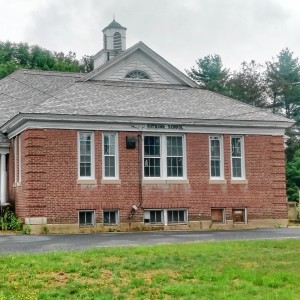 $700K debt exclusion would fund repairs to Raymond Hall
$700K debt exclusion would fund repairs to Raymond Hall
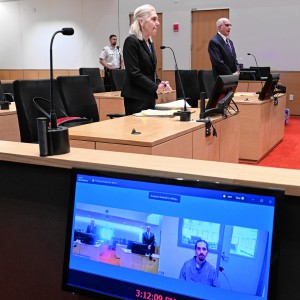 Lawyer argues Joshua Hart’s 2018 conviction for Orange murder had inconsistent verdicts
Lawyer argues Joshua Hart’s 2018 conviction for Orange murder had inconsistent verdicts
 UMass basketball: Minutemen nab another transfer in Arizona State forward Akil Watson
UMass basketball: Minutemen nab another transfer in Arizona State forward Akil Watson
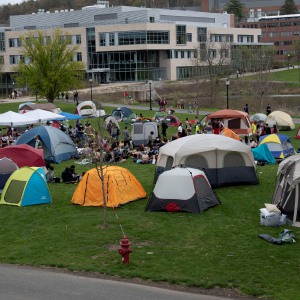 More than 130 arrested at pro-Palestinian protest at UMass
More than 130 arrested at pro-Palestinian protest at UMass
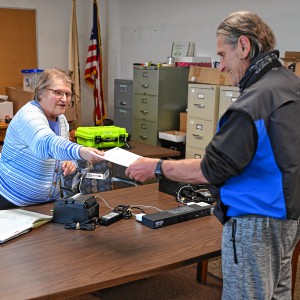 Erving voters say ‘no’ to $3.7M debt exclusion
Erving voters say ‘no’ to $3.7M debt exclusion
Deans explained that back in the 1930s the Highway Department took parts of an old 1926 truck and made a mower for mowing along the side of the road. Committee member Tim Haley was of the opinion such a project would qualify for funding since it would result in the restoration of an historical artifact.
Questions were also raised about the potential for work on buildings such as Town Hall or the Phillipston Free Public Library.
“The takeaway I’d like to have is open space, historic, recreation, housing – those are the areas we can provide funding for,” said committee Chair Peter Travisano. “We can provide money for a lot of things, but we can’t provide money for everything.”
Travisano added that the committee would like to see applications by next Jan. 15. Presentations would be made to the town by March 1, so they can be on the warrant for the annual Town Meeting, which would make the final approval. CPA applications are currently available at Town Hall and will be available via website sometime next week.
Town Clerk Karin Foley said it’s important the amount of money in the Community Preservation account be spent down to a less impressive level.
“It’s affecting the town’s overall look from the (state) DOR,” she said, referring to the Department of Revenue. “We look too wealthy because we have a million and half dollars sitting there doing nothing. Most cities and towns don’t have that. It’s one reason we pay more per student, because they look at the overall amount of money we have.”
Greg Vine can be reached at gvineadn@gmail.com.

 Sportsman’s Corner: The quest for the Super Slam
Sportsman’s Corner: The quest for the Super Slam Annual ‘Food-A-Thon’ returns
Annual ‘Food-A-Thon’ returns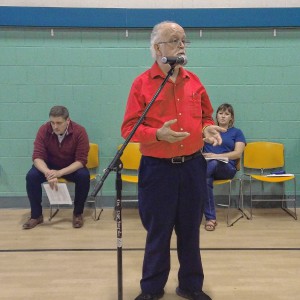 Erving Town Meeting voters back Care Drive housing project
Erving Town Meeting voters back Care Drive housing project North Quabbin Notes, May 9
North Quabbin Notes, May 9